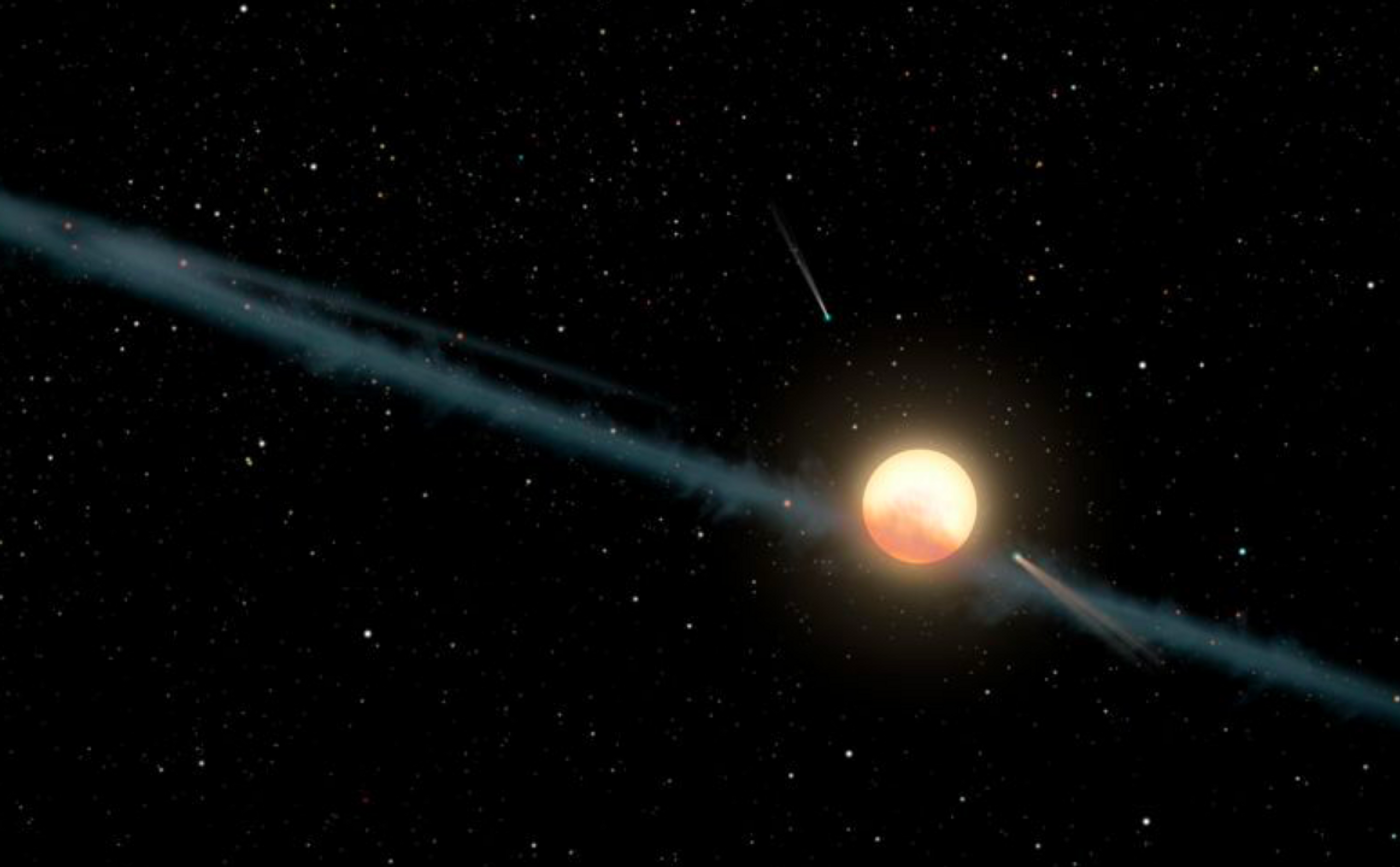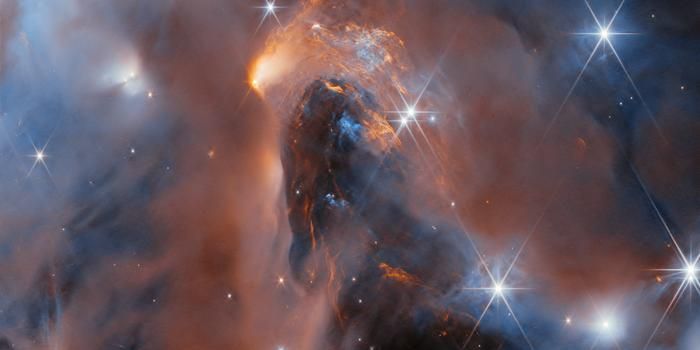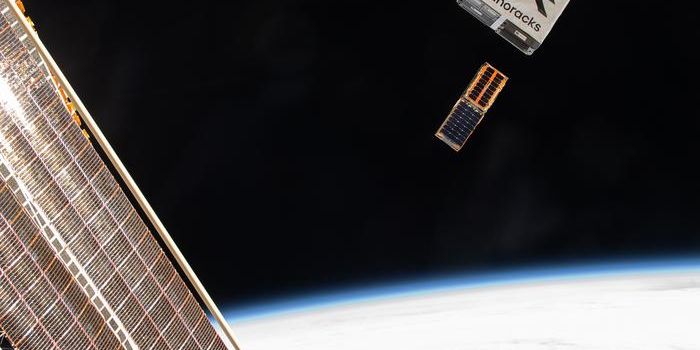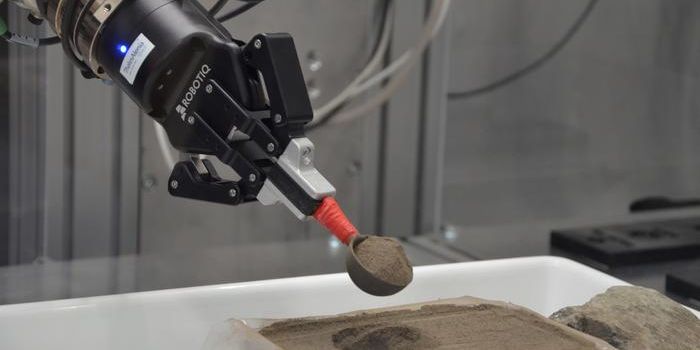An Alien Megastructure Isn't Causing the Dimming Effects of 'Tabby's Star'
A distant star system called KIC 8462852 continues to fascinate astronomers for seemingly all the wrong reasons. Also known as ‘Tabby’s Star,’ KIC 8462852 persistently exhibits unusual dimming characteristics every time astronomers point a telescope at it.
Image Credit: NASA/JPL-Caltech
Countless theories have attempted to make sense of what’s going on here, but each seems as unlikely as the next. One even suggested that an ancient alien megastructure was blocking the starlight, and it was this particular theory that made the star so famous on the internet.
Related: Ancient alien megastructure star is doing 'weird' things once again
With a little bit of common sense, we can probably kick the ancient alien megastructure theory right out the window. Nevertheless, finding out what’s causing this unexplained behavior has been a challenging endeavor to say the least.
Although astronomers have yet to explain the anomaly with 100% assuredness, they've probed KIC 8462852 yet again in search of answers. Their findings have been submitted to the Astrophysical Journal Letters.
Astronomers studied KIC 8462852 at various wavelengths from March 2016 to December 2017 hoping to discern what might be blocking the light. They knew that different behavior at different wavelengths could provide clues regarding what was causing the light obstruction; and that it did.
Once the results were in, the astronomers noted dimming behavior at some wavelengths and not others. As it would seem, this was indicative of non-opaque material (such as space dust annd debris) blocking the star’s light.
"We were hoping that once we finally caught a dip happening in real time we could see if the dips were the same depth at all wavelengths. If they were nearly the same, this would suggest that the cause was something opaque, like an orbiting disk, planet or star, or even large structures in space," noted Jason Wright, a co-author of the paper.
Related: A new theory concerning the irregularities of Tabby's Star
"Dust is most likely the reason why the star's light appears to dim and brighten," added Tabetha Boyajian from Louisiana State University.
"The new data shows that different colors of light are being blocked at different intensities. Therefore, whatever is passing between us and the star is not opaque, as would be expected from a planet or alien megastructure."
Related: Have we finally solved the mystery behind Tabby's Star?
Not all astronomers agree with the space dust idea, but as the researchers point out, the results are consistent with alternative theories of an internal process causing KIC 8462852's dimming.
We still have a lot to learn about the circumstances surrounding Tabby’s Star, but each observation we make brings us one step closer to understanding it the peculiarities that set it apart from every other known star in our galaxy.
Source: Pennsylvania State University









